Aaron Traylor
Transformer Mechanisms Mimic Frontostriatal Gating Operations When Trained on Human Working Memory Tasks
Feb 13, 2024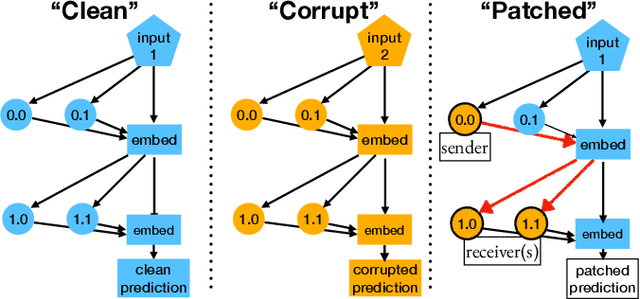
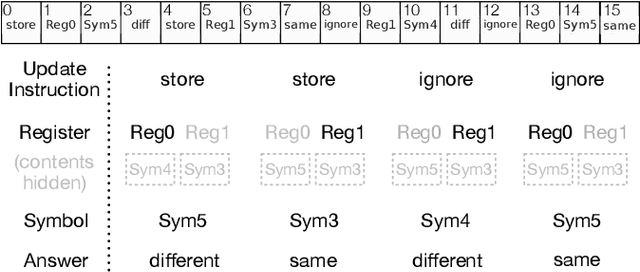

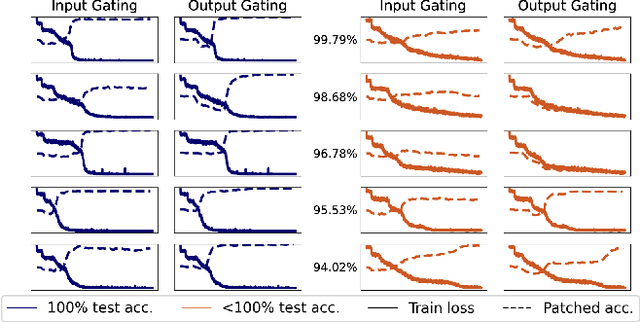
Abstract:Models based on the Transformer neural network architecture have seen success on a wide variety of tasks that appear to require complex "cognitive branching" -- or the ability to maintain pursuit of one goal while accomplishing others. In cognitive neuroscience, success on such tasks is thought to rely on sophisticated frontostriatal mechanisms for selective \textit{gating}, which enable role-addressable updating -- and later readout -- of information to and from distinct "addresses" of memory, in the form of clusters of neurons. However, Transformer models have no such mechanisms intentionally built-in. It is thus an open question how Transformers solve such tasks, and whether the mechanisms that emerge to help them to do so bear any resemblance to the gating mechanisms in the human brain. In this work, we analyze the mechanisms that emerge within a vanilla attention-only Transformer trained on a simple sequence modeling task inspired by a task explicitly designed to study working memory gating in computational cognitive neuroscience. We find that, as a result of training, the self-attention mechanism within the Transformer specializes in a way that mirrors the input and output gating mechanisms which were explicitly incorporated into earlier, more biologically-inspired architectures. These results suggest opportunities for future research on computational similarities between modern AI architectures and models of the human brain.
Enhancing Review Comprehension with Domain-Specific Commonsense
Apr 06, 2020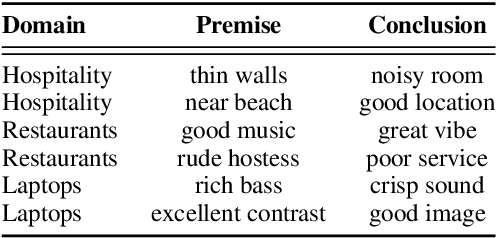
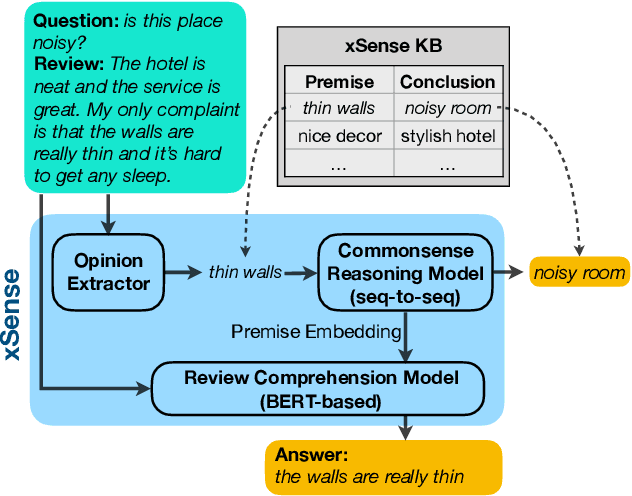
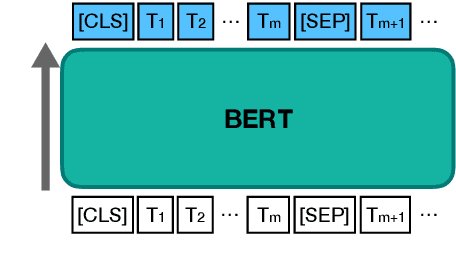
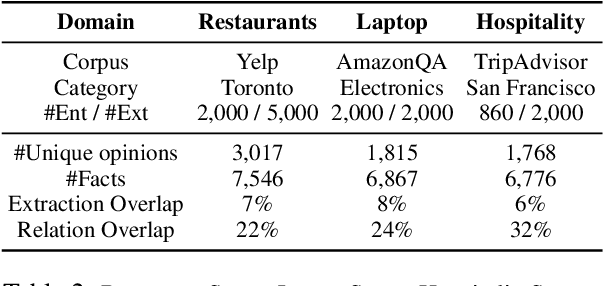
Abstract:Review comprehension has played an increasingly important role in improving the quality of online services and products and commonsense knowledge can further enhance review comprehension. However, existing general-purpose commonsense knowledge bases lack sufficient coverage and precision to meaningfully improve the comprehension of domain-specific reviews. In this paper, we introduce xSense, an effective system for review comprehension using domain-specific commonsense knowledge bases (xSense KBs). We show that xSense KBs can be constructed inexpensively and present a knowledge distillation method that enables us to use xSense KBs along with BERT to boost the performance of various review comprehension tasks. We evaluate xSense over three review comprehension tasks: aspect extraction, aspect sentiment classification, and question answering. We find that xSense outperforms the state-of-the-art models for the first two tasks and improves the baseline BERT QA model significantly, demonstrating the usefulness of incorporating commonsense into review comprehension pipelines. To facilitate future research and applications, we publicly release three domain-specific knowledge bases and a domain-specific question answering benchmark along with this paper.
Optimal Transport-based Alignment of Learned Character Representations for String Similarity
Jul 23, 2019



Abstract:String similarity models are vital for record linkage, entity resolution, and search. In this work, we present STANCE --a learned model for computing the similarity of two strings. Our approach encodes the characters of each string, aligns the encodings using Sinkhorn Iteration (alignment is posed as an instance of optimal transport) and scores the alignment with a convolutional neural network. We evaluate STANCE's ability to detect whether two strings can refer to the same entity--a task we term alias detection. We construct five new alias detection datasets (and make them publicly available). We show that STANCE or one of its variants outperforms both state-of-the-art and classic, parameter-free similarity models on four of the five datasets. We also demonstrate STANCE's ability to improve downstream tasks by applying it to an instance of cross-document coreference and show that it leads to a 2.8 point improvement in B^3 F1 over the previous state-of-the-art approach.
 Add to Chrome
Add to Chrome Add to Firefox
Add to Firefox Add to Edge
Add to Edge